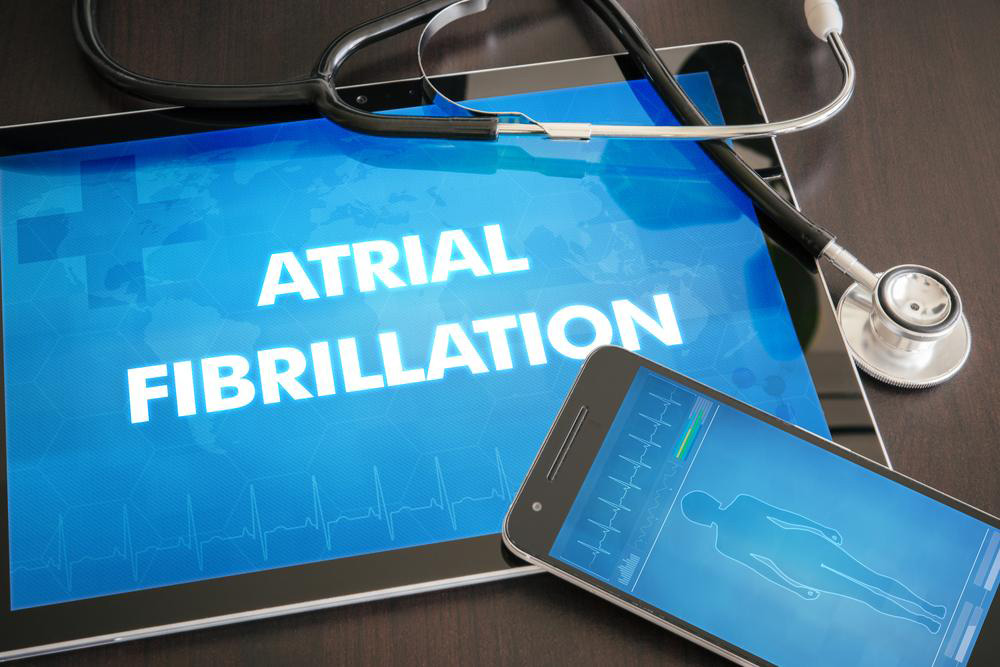Comprehensive Approaches to Prevent Stroke Caused by Atrial Fibrillation
Discover comprehensive strategies to effectively prevent strokes caused by atrial fibrillation. This detailed guide covers symptoms, treatments, lifestyle modifications, and technological advancements that help reduce stroke risks. Learn how early detection and proper management can save lives and improve health outcomes. Stay informed on the latest preventive measures and interventions to combat AFib-related strokes effectively.

Effective Strategies to Prevent Stroke Related to Atrial Fibrillation
In recent years, the prevalence of strokes and cardiovascular emergencies has seen a significant increase worldwide. This alarming trend is influenced by modern lifestyle choices, rising obesity rates, unhealthy dietary habits, physical inactivity, smoking, excessive alcohol consumption, and a general lack of awareness about cardiovascular health. Among the various factors contributing to stroke risk, atrial fibrillation (AFib) stands out as a primary culprit, particularly affecting millions of individuals globally.
Atrial fibrillation is a common heart rhythm disorder characterized by irregular and often rapid heartbeat, which can lead to the formation of blood clots within the atria of the heart. When these clots dislodge, they can travel through the bloodstream to cerebral vessels, causing ischemic strokes. According to recent statistics, over 2 million Americans are diagnosed with AFib, and this number continues to rise, reflecting a growing public health concern.
Understanding how AFib contributes to stroke risk is essential for prevention and early intervention. When blood flow becomes sluggish due to irregular heartbeats, the likelihood of clot formation increases markedly. If a clot obstructs an artery supplying the brain, it results in a stroke, which can lead to long-term disability or death. Therefore, timely recognition of AFib symptoms and appropriate management are vital for reducing stroke incidence and improving patient outcomes.
Early detection of atrial fibrillation can dramatically improve treatment success rates. While some individuals experience few or no symptoms initially, persistent or paroxysmal AFib tends to manifest more clearly, with warning signs including dizziness, fatigue, weakness, lightheadedness, and confusion. Other common symptoms include shortness of breath, chest discomfort, palpitations, and reduced exercise capacity. Recognizing these symptoms promptly can facilitate early diagnosis and prevent severe consequences like strokes.
For individuals diagnosed with AFib, various treatment strategies exist to manage the condition effectively and minimize stroke risk. The treatment plan often involves a combination of medication, lifestyle modifications, and sometimes advanced medical devices. Anticoagulants such as warfarin or novel oral anticoagulants (NOACs) are prescribed to prevent clot formation in at-risk patients. Additionally, rate control medications and rhythm management drugs can help restore normal heart rhythm. In some cases, procedural interventions like catheter ablation may be recommended to eliminate abnormal electrical pathways in the heart.
Furthermore, implanted devices such as pacemakers or implantable cardioverter-defibrillators (ICDs) can assist in maintaining a regular heartbeat and preventing potentially fatal arrhythmias. Regular check-ups with cardiologists, like those at renowned institutions such as Cleveland Clinic, are crucial for monitoring and adjusting treatment plans over time. Organizations like the National Stroke Association provide comprehensive education and support resources, empowering patients to take proactive steps in managing their health.
Preventive measures extend beyond medical treatment. Adopting a healthy lifestyle is fundamental to lowering AFib incidences and associated stroke risks. This includes maintaining a balanced diet rich in fruits, vegetables, whole grains, lean proteins, and healthy fats; engaging in regular physical activity; managing stress effectively; avoiding smoking; limiting alcohol consumption; and controlling underlying health conditions such as hypertension, diabetes, and high cholesterol. Together, these efforts can significantly reduce the likelihood of developing AFib and subsequent strokes.
In addition, technological advancements have revolutionized AFib detection and management. Wearable devices, smartwatches, and remote monitoring tools enable continuous heart rhythm tracking, allowing early identification of irregularities even when symptoms are absent. Telemedicine consultations facilitate quick access to specialized cardiology care, especially for patients in remote areas.
Public health campaigns aimed at raising awareness about AFib symptoms and stroke prevention are vital. Education initiatives can encourage at-risk populations to seek regular screening and medical advice, ultimately saving lives. Health authorities and clinics worldwide emphasize the importance of early detection, lifestyle modification, and adherence to prescribed therapies to combat the rising tide of AFib-related strokes.
In conclusion, the fight against stroke caused by atrial fibrillation requires a multifaceted approach involving medical management, lifestyle changes, technological innovation, and public awareness. By recognizing symptoms early, adhering to treatment protocols, and adopting healthier habits, individuals can significantly reduce their risk of stroke and enhance their quality of life. Continuous advances in medical research promise even more effective preventive strategies in the future, making it possible for at-risk populations to live healthier, longer lives.





